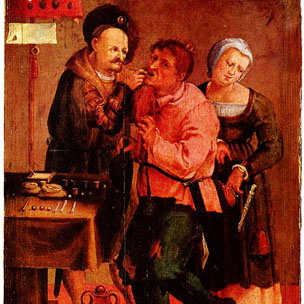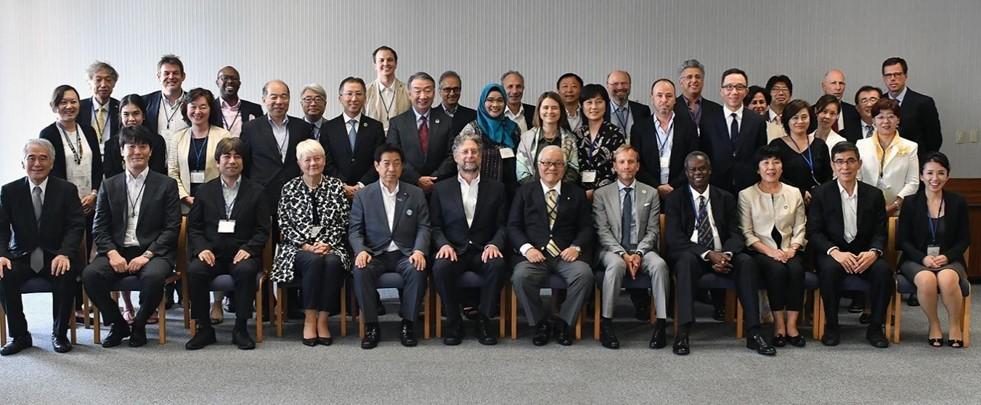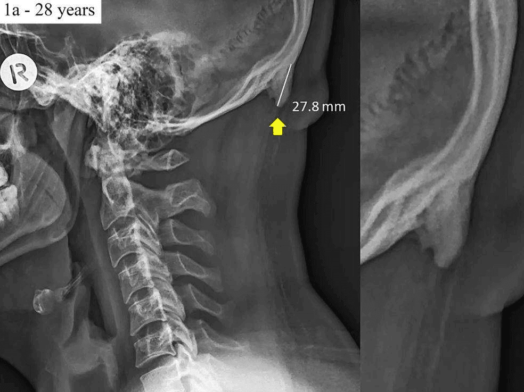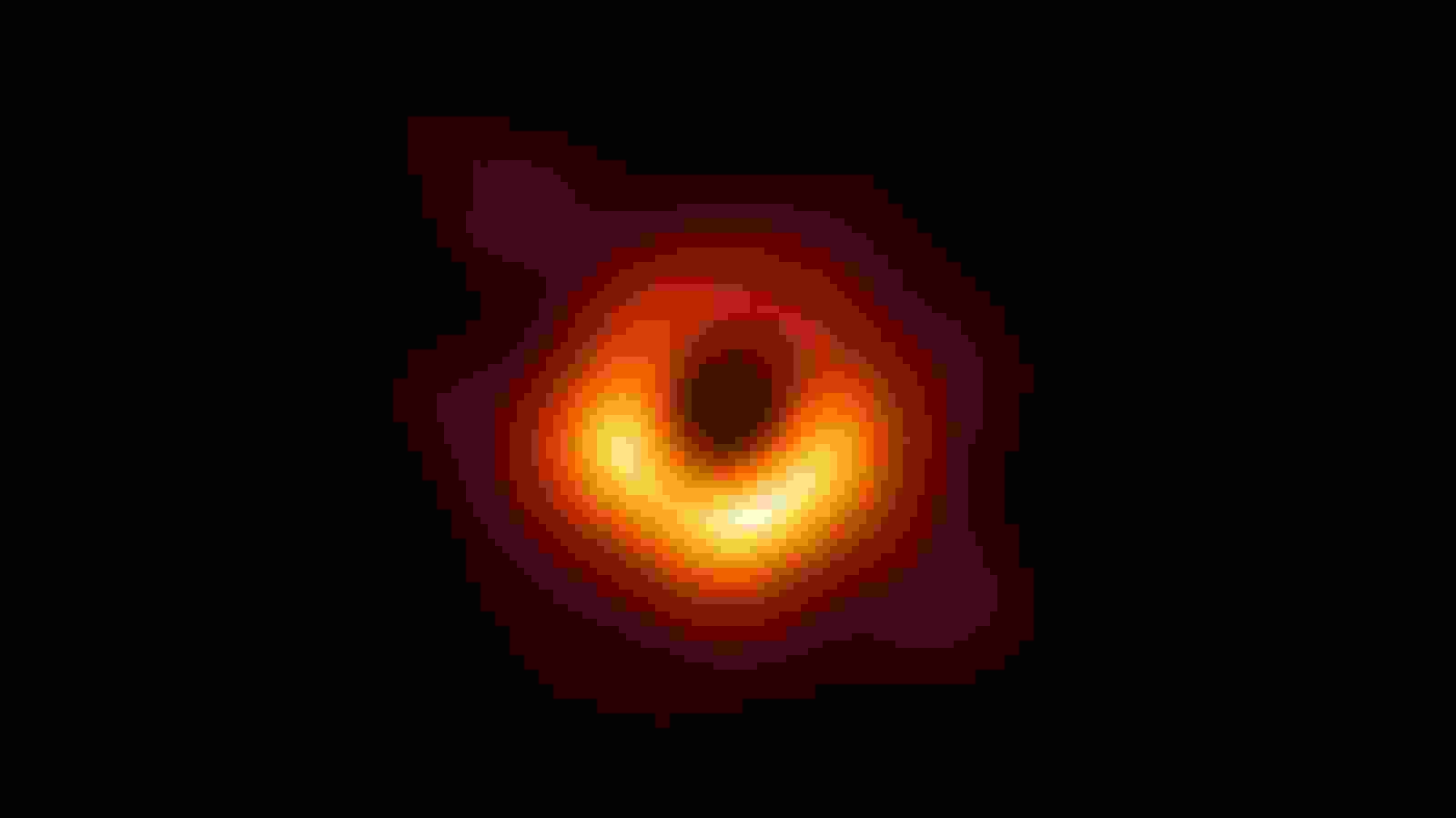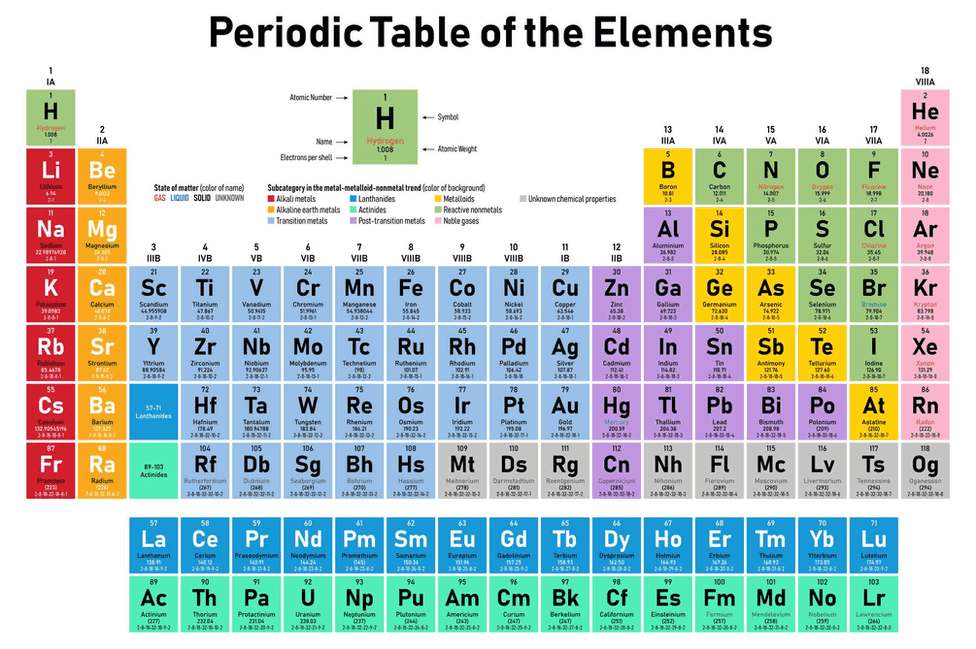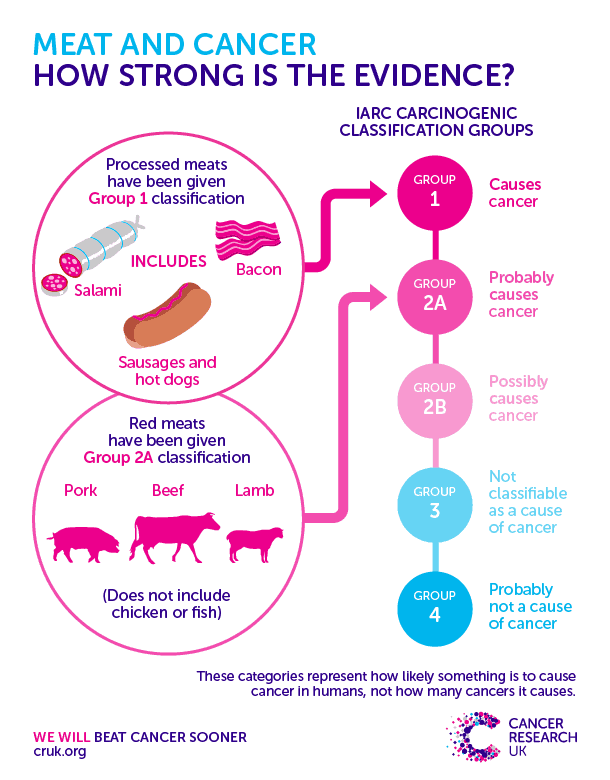On 11 February 2016, scientists from the Advanced Laser Interferometer Gravitational-Wave Observatory (LIGO) announced that they had detected gravitational waves originating from the collision of two huge black holes 1.3 billion years ago.
According to Einstein’s theory of general relativity, gravity is produced when matter warps the shape of the surrounding space. LIGO’s breakthrough detectors are able to distinguish these ripples in the space-time continuum as they travel through the universe at the speed of light.
Over the next few years, astronomy conducted with gravitational wave detectors might become commonplace. We will able to learn much more about black holes and the stars that created them.
Scientists now have another way of observing the universe: they are no longer limited to telescopes that only detect light or other forms of electromagnetic energy. Over the next few years, astronomy conducted with gravitational wave detectors might become commonplace. We will able to learn much more about black holes and the stars that created them.
LIGO has two facilities, in Hanford, Washington, and Livingston, Louisiana. Another gravitational wave detector is slated to open next year in Virgo, Italy. There are plans to install another detector in India as well. Having this network of geographically separated observatories will greatly improve scientists’ ability to triangulate the detected signals and pinpoint the source of the gravitational waves.
Read more about it in Science News article “Year in review: Gravitational waves offer new cosmic views” by Emily Conover.



